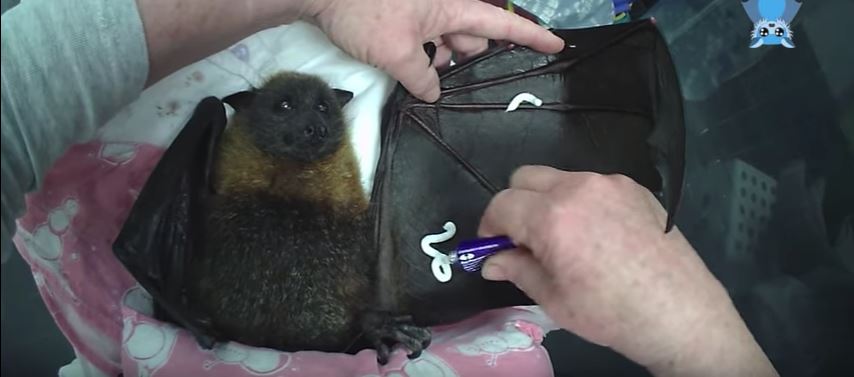Biology of the Little Brown Bat: Appearance, Biology, Life Cycle, Habitat, Diet, Behavior

The little brown bat is relatively different from other bats because of its appearance, habitat, eating habits, and general behavior. This bat belongs to the genus myotis, and this is the reason why some like to call it the little brown myotis. Its fur is dark brown in color and quite glossy on the upper part as well as the back, but it has a grayish tone underneath. The bat’s well-defined small ears are black in color, and the adult is typically 6-10 cm in length with a weight between 5-14 grams. Generally, the female bats in this group are always larger in size compared to their male counterparts.
These bats are known to live 6-7 years, but there are also rare cases with some living up to 10 years. In the spring months, these bats are quite active during the day. Nevertheless, they hunt during the night for insects and other foods like moths and wasps. What is amazing about these bats is that they are heavy sleepers and spend almost 20 hours a day sleeping in order to conserve energy. It is amazing how these bats can consume so much food – up to half their body weight without a problem.
They are also known to be active before dawn, but in the winter they tend to migrate or hibernate. In summer, the males will always separate from the females that are catering to the young ones. These bats are known to emit high pitched sounds when communicating, 20 calls-per-second while in flight and 200 calls while in pursuit of prey. In many cases, a call can last only one millisecond, and this makes the animal’s communication very unique.
The little brown bat has two mating phases, and these are the active phase and the passive phase. The active phase involves both the male and female parties and both are usually active. On the other hand, active male little brown bats will mate with the torpid bats irrespective of whether they are male or female. However, they are known to be more active in the month of August. In spring, the females head to nursery colonies where they raise their young ones. Overall, the gestation period will take anywhere between 50-60 days and the young ones will only start seeing on the second day.
Go back to the How to Get Rid of Bats page or email us if you have any other questions about Biology of the Little Brown Bat: Appearance, Biology, Life Cycle, Habitat, Diet, Behavior
About Us
We are the Pest Education Network, a non-profit organization that focuses on wildlife and pest removal education. Our approach utilizes Integrated Pest Management, a strategy advocating prevention and humane methods.


